calsfoundation@cals.org
Museum of Discovery
The Museum of Discovery, founded in 1927, is the oldest museum in Little Rock (Pulaski County). Its mission as of 2012 is “to ignite a passion for science, technology and math in a dynamic, interactive environment.”
The original name of the Museum of Discovery was the Museum of Natural History and Antiquities, and it was founded by local author Julia Burnell (Bernie) Smade Babcock. She created the institution in response to the commonly held belief outside the state that Arkansas had no cultural centers and that its citizens were “bumpkins.” The museum’s articles of incorporation emphasized popular education and intellectual subject matter, “encouraging and developing the study of natural science…to the end of furnishing popular instruction and advancing educational standards.” The museum continues to be a support system of informal education for schools both in central Arkansas and around the state.
As a community activist, Babcock wanted to advance the cultural and intellectual opportunities available to Arkansans; creating a museum became the outlet for that desire. She recruited help from friends and various city officials in creating the museum, using the proceeds from her writings as the primary support of the museum, along with donations from patrons.
The museum was originally housed in a storefront on Main Street in downtown Little Rock. Early collections of the museum included multicultural and ethnic artifacts donated by missionaries traveling the world, as well as 400 pearl-bearing Arkansas mussels. An aura of the sensational surrounded the museum, as the window touted the “Head of a Chicago Criminal” on display. The original shop window advertised Indian Relics, Mastodon Bones, and “KING CROWLEY! GREATEST Archaelogical Mystery OF THE AGE Found in Arkansas. SEE IT!” King Crowley was a sandstone head discovered in Craighead County. (Despite archaeologists’ opinions to the contrary, Babcock believed it was a prehistoric relic from Arkansas’s earliest Native Americans, as did many community members and museum supporters. However, her insistence in the authenticity of King Crowley did not seem to affect the public perception of the museum or of her personally.) As for the head of the Chicago criminal, it was likely given to Babcock by her brother-in-law at the medical center or someone from the University of Arkansas School of Medicine (now the University of Arkansas for Medical Sciences), located in the Old State House at that time. It could not be traced to Chicago or to a criminal, though it contributed to the sensationalist character of the early museum.
The first collections of the museum included taxidermy specimens donated by museums around the country, including the Smithsonian. Babcock was progressive in her accumulation of artifacts, including collecting “primitive art” instead of the “fine art” collected by other cultural institutions. The museum housed multicultural dolls and exhibits designed specifically for children, a revolutionary concept at the time.
In 1929, Babcock decided to secure the museum’s future by “giving” it to the City of Little Rock as a Christmas present. The museum subsequently moved from a storefront to City Hall, and discarded lumber and supplies were used to create exhibits. The museum moved to the Tower Building of the Little Rock Arsenal in what is now MacArthur Park in 1942, remaining there for the next fifty-five years. It became the Museum of Science and Natural History in 1964, and the Arkansas Museum of Science and History in 1983. The increasing professionalism of the staff and museum led to accreditation from the American Association of Museums in 1993 and Smithsonian affiliation in 2003. Accreditation, in particular, has made a difference in terms of national profile and advantages in funding possibilities, and the Smithsonian affiliation allows the museum to borrow artifacts and participate in national touring exhibits within the network.
A strong history of successful federal and state grants, as well as City of Little Rock support, has allowed the museum to continue to thrive. In February 1998, the museum (newly renamed the Museum of Discovery: Arkansas’ Museum of Science and History) reopened in the River Market District of downtown Little Rock, its current location. The Museum of Discovery continues to offer exhibits on science, history, and technology on site as well as outreach programs. Live animal collections continue to be one of the most popular attractions, and annual events such as the Native American Event, Cold-Blooded Creatures, and the African American Event draw repeat visitors. As the oldest museum in Little Rock, it continues to be relevant as the only non-commercial, informal source of science and technology education in the area.
In December 2010, the museum began work on a $9.2 million renovation—funded by a Donald W. Reynolds Foundation grant—designed to increase the institution’s area by 13,000 square feet. Reopened in January 2012 as a Donald W. Reynolds Science Center, the Museum of Discovery’s focus is on earth, physical, and life sciences.
A February 2021 snowstorm caused flooding in the museum from burst water pipes. After closing for six months for repairs, it reopened in August 2021. The museum received the 2022 Roy L. Shafer Leading Edge Award for Resilience from the Association of Science and Technology Centers.
For additional information:
Camp, Marcia. “The Soul of Bernie Babcock.” Pulaski County Historical Review 36 (Fall 1988): 50–62.
Museum of Discovery. https://museumofdiscovery.org/ (accessed August 31, 2023).
Nixon, Jennifer. “All Grown Up.” Arkansas Democrat-Gazette, January 10, 2012, pp. 1E, 6E.
Tidwell, Blair. “The Museum of Discovery Grows Up.” Arkansas Times, January 11, 2012. Online at http://www.arktimes.com/arkansas/the-museum-of-discovery-grows-up/Content?oid=2012461 (accessed August 31, 2023).
Marci Bynum Robertson
Museum of Discovery
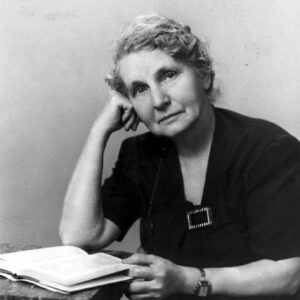 Bernie Babcock
Bernie Babcock 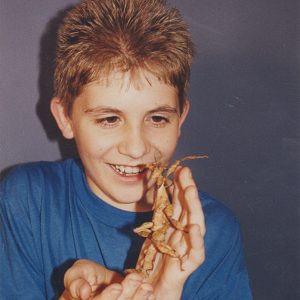 Bug Fest
Bug Fest 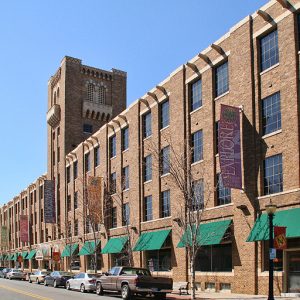 Museum of Discovery
Museum of Discovery 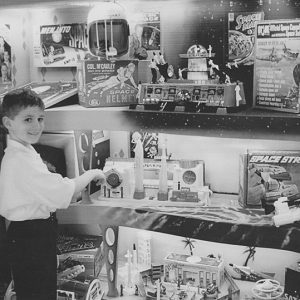 Museum of Discovery
Museum of Discovery 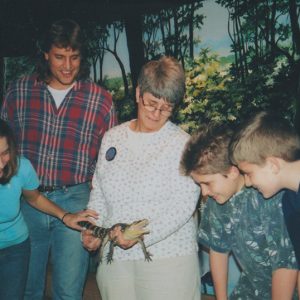 Reptile Demo
Reptile Demo 



Comments
No comments on this entry yet.